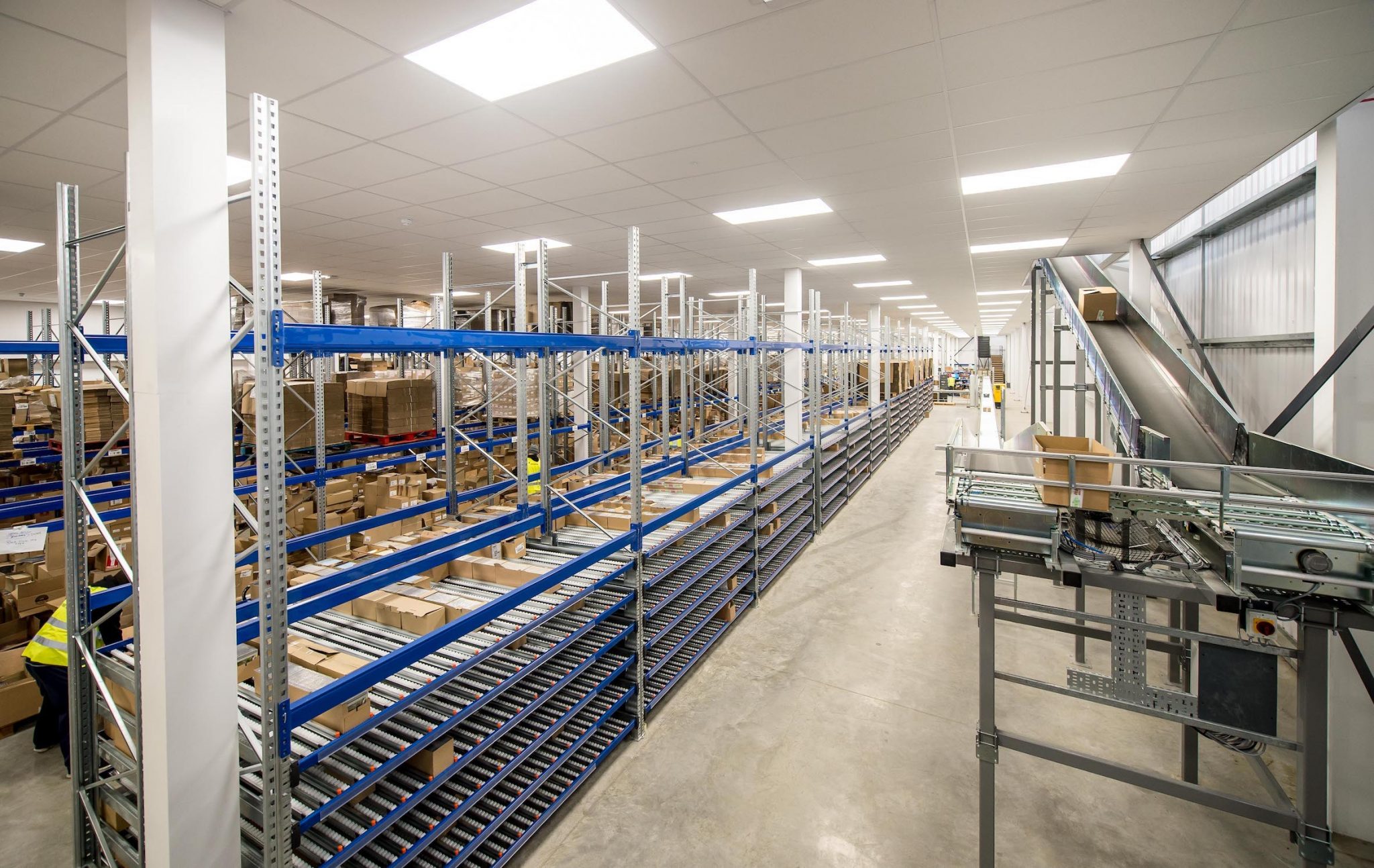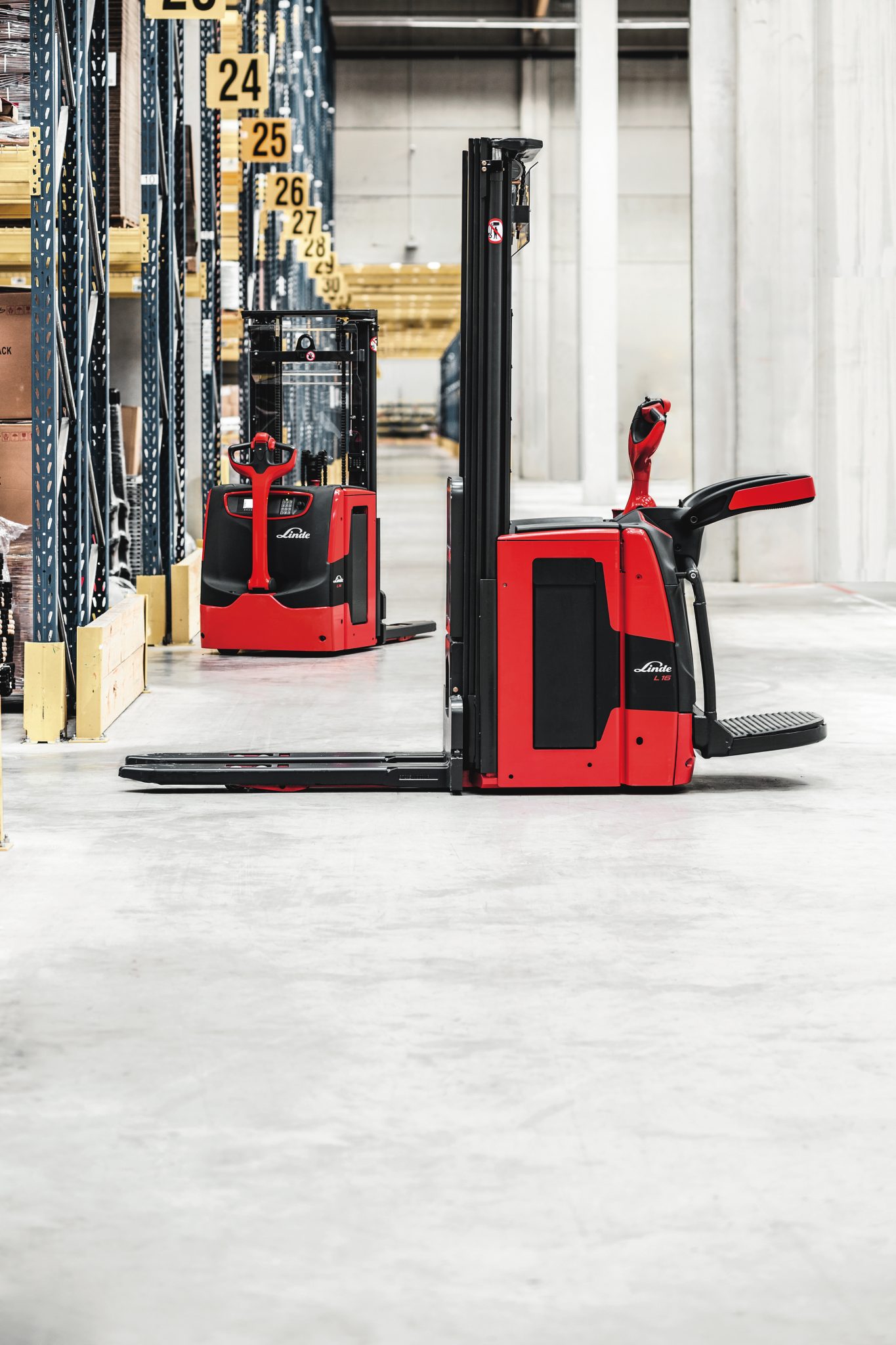One of the biggest challenges faced by successful e-commerce operations stepping up to their first fulfilment centre will be minimising pick errors. Edward Hutchison, Managing Director of BITO Storage Systems, highlights four key areas where picking mistakes are commonly generated.
Order picking is the central function of any logistics operation, which in turn is of great importance for the overall economic success of a business. This is particularly true for e-commerce operations, which may have started off as small ‘cottage industry’ before rapidly developing and moving into a warehouse or fulfilment centre for the first time. Alongside the tremendous opportunities for further growth arising from up-scaling, a new warehouse environment can generate a risk of order picking errors – with the potential to damage a young, growing business.
About half of all storage costs are incurred in the order picking area, making avoidance of unnecessary additional costs due to picking errors critical. It is said that the error rate in conventional order picking systems averages around 0.3 per cent – which can have serious consequences.
The further into the process that a picking error is discovered, the more serious and expensive its impact is likely to be. If, for example, an error occurs during picking, this will not impact the customer, but will cause additional time and cost for troubleshooting. Discovering the error within the scope of an internal control process, such as the outgoing goods control – which most companies have today – it is simply a case of generating a completely new picking order. If, however, the error only becomes apparent at the customer end, the consequence is likely to be cost-intensive subsequent deliveries or even customer loss. This can be avoided by paying attention to the following key areas:
1. Concentration and control
The ‘Person-to-Goods’ principle remains the most common order picking method. This has the clear flexibility advantage, thanks to the ability of people to adapt to constantly changing systems. Goods are provided in static shelves and orders are compiled by means of a pick list. But this is precisely the cause of almost all the common errors that should be avoided when picking.
The first of these is the quantity error. Under time pressure or due to lack of attention, an employee can easily assemble the wrong number of items during picking, resulting in a customer receiving more or fewer items than requested. This incurs costs and additional time to organise a redirection of the shipment, if necessary. Then there is the omission error. If the order picker has not processed the paper list correctly or has acknowledged a process step before executing it, an item may end up being unprocessed resulting in an order with the incorrect quantity arriving at the customer’s door. This is another picking error that can be avoided through in-depth checks and concentrated work. The same applies to the type error, ie, the provision of an incorrect article as a replacement, or in addition to, an existing correct article.
2. Long journeys between picks
A fulfilment facility that is too large, untidy and has poorly structured stock levels will quickly develop into a confusing mass of overfilled containers with stacked goods. This can be unnecessarily time-consuming for pickers navigating their way around the site to pick the correct items in the right quantities. In excessively large storage areas, time and energy is wasted on long journeys between the shelves, which in turn puts employees under time pressure, increasing the risk of mistakes. The advice here is either minimise the storage space through refining the logistics supply and disposal strategies or invest in an efficient storage.
Consolidating items into carton live storage will reduce distances between pick locations because these very compact storage systems can be built on a small area, allowing multiple pick locations on a minimal footprint. Cartons with easy access to products and sized to perfectly fit shelving will maximise storage volume. Plastic containers provide a more durable container solution and can be colour coded to enhance the organisation of items.
3. Organisation of order picking
When beginning to plan storage, produce a detailed list of operational requirements: what types of goods and materials are in what quantities in the warehouse? If necessary, the assortment should also be subdivided into groups of goods according to their turnover frequency – the so-called ABC analysis. These aspects are crucial for getting the correct dimensions and installation. It is advisable to plan for a reserve to ensure sufficient capacity during peaks. In practice, a maximum storage capacity of 80 to 90 per cent tends to be the optimum. A higher filling level is often counterproductive in everyday operation. Regularly reviewing the effectiveness and rationalisation potential of the operation is also important.
It is worth investigating the different shelf types required. Pallet racking offers the advantage of standardisation and simple handling during order picking as well as storage and retrieval. They require a lot of space to accommodate pallets, regardless of the actual storage quantity on the pallet. In addition there must be sufficient free space for storage and retrieval using forklifts, warehouse trucks and hand pallet trucks. For the storage of small parts, metal shelves are the better choice. Small parts bins in shelving systems can be transported by a conveyor.
4. The human factor
People make mistakes. Carelessness, time pressure or incorrect handling of picking systems can lead to errors and have a significant negative impact on picking. Ignoring the human factor is one of the biggest mistakes made by some warehouse managers. Clear operating instructions, transparent and simple processes and a small number of process steps will make the daily work of employees easier and boosts motivation. This, in turn, promotes a good working atmosphere and minimises stress-related sources of error.
An employee travelling too far when compiling orders between individual picks will suffer a decrease in concentration, along with demotivation, which ultimately risks an incorrect order. It is thought that around 93 per cent of all picking errors result from a lack of attention.
Finally, do not neglect ‘dead time’. This describes the unproductive but unavoidable time that occurs during picking due to pre- and post-processing activities. Examples might include searching for a storage bin for an item.
Clear labelling with manual pick systems or the addition of technology such as pick-to-light, pick-to-voice or barcode scanning will further reduce, errors. The use of warehouse management software should not be underestimated for the efficient and economic operation of a warehouse – even for e-commerce businesses with small stock levels.
Addressing these four areas as an overall package will raise order picking performance and thus that of the entire e-commerce company, to a new and successful level.







